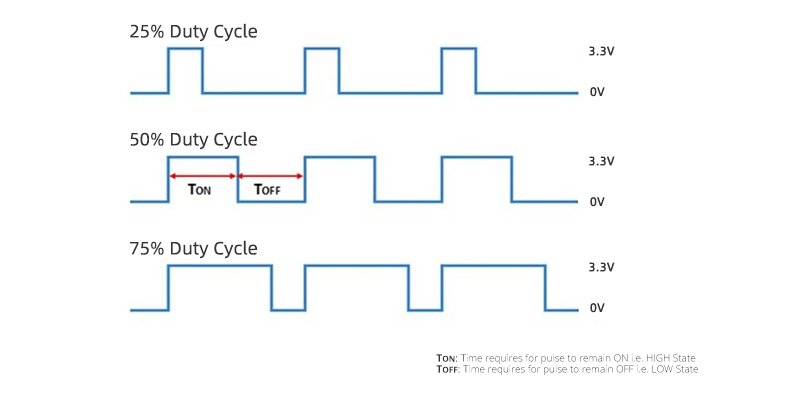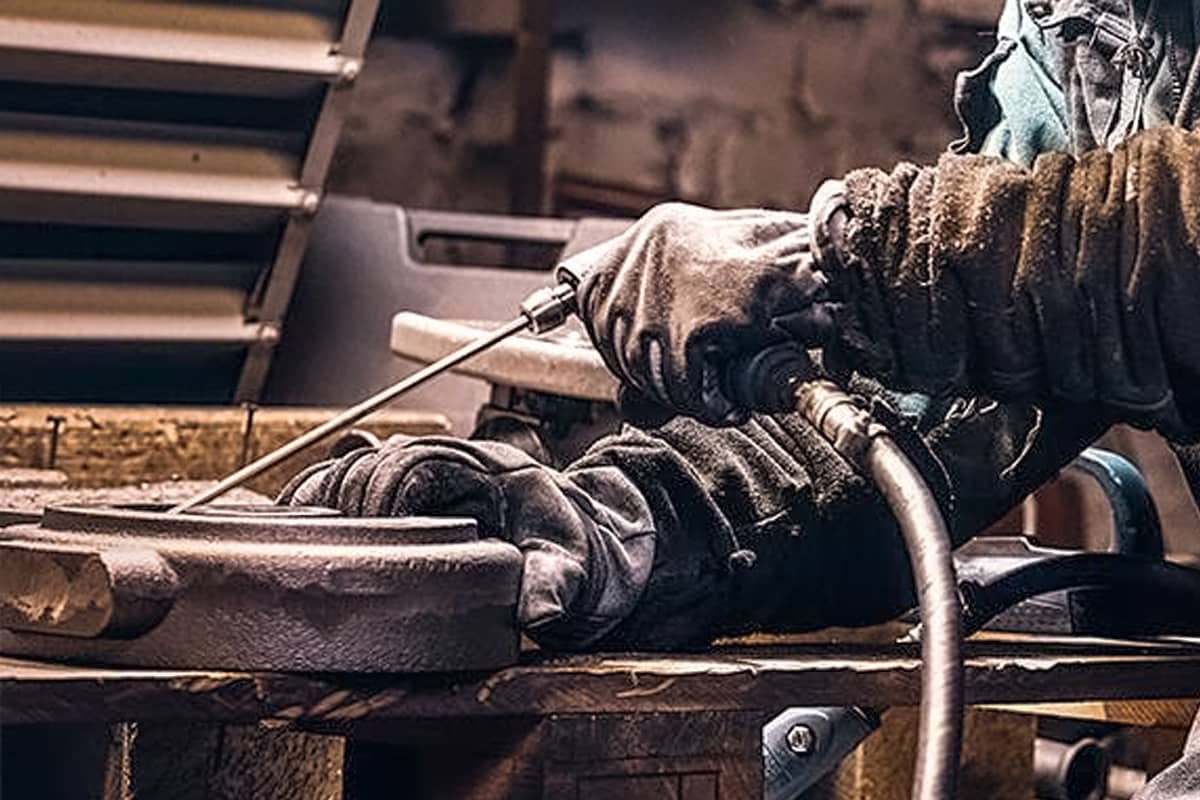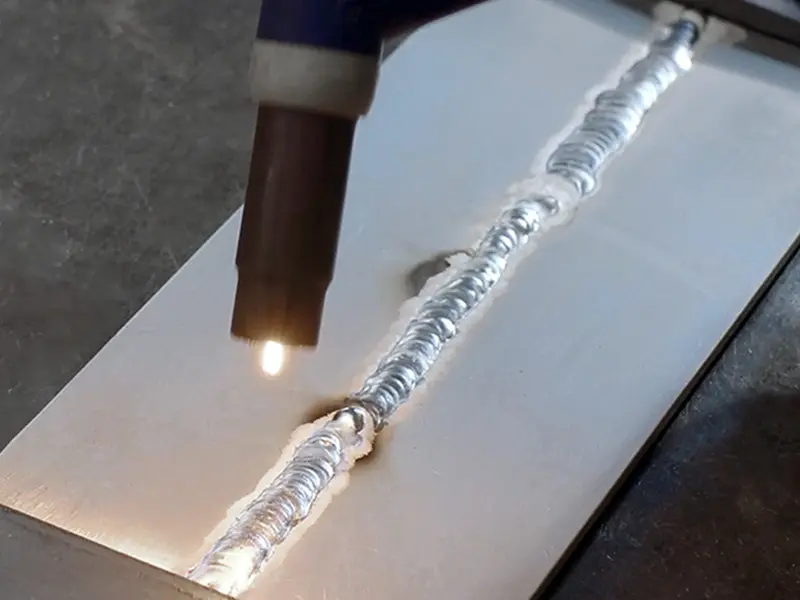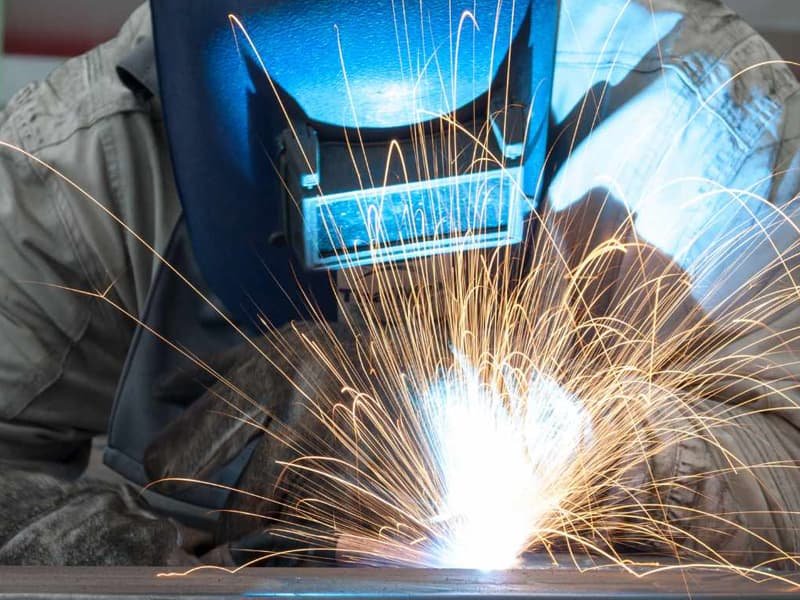Imagine working on a critical pipeline repair, only to have your welder shut down mid-bead. The culprit? An overlooked detail buried in the technical specs: duty cycle. This metric isn’t just jargon—it’s the heartbeat of your welding equipment. Let’s explore how understanding duty cycle can save your projects from disaster.
What Exactly Is Duty Cycle? (And Why It’s Not Just a Number)
Duty cycle measures how long a welder can operate within a 10-minute window before overheating. A 60% duty cycle means 6 minutes of welding and 4 minutes of cooling. But this isn’t a fixed rule—ambient temperature, material thickness, and power settings all play a role.
Real-World Example:
A construction team using a 200A MIG welder with a 40% duty cycle for continuous steel beam welding faced repeated shutdowns. Switching to a 60% duty cycle model reduced downtime by 50%.

The Silent Killer: How Exceeding Duty Cycle Damages Equipment
Overloading your welder’s duty cycle isn’t just about pauses. It strains components like transformers and cooling fans, leading to:
- Insulation Breakdown: Overheating degrades internal wiring, risking short circuits.
- Reduced Efficiency: A welder running at 90% duty cycle for prolonged periods may lose 15-20% of its output capacity within a year.
- Safety Hazards: Melted insulation can expose live parts, increasing electrocution risks.
How to Calculate Duty Cycle for Your Projects
Use this formula:
Duty Cycle (%)=(Arc-On Time (minutes)/10)×100
Practical Tip: For repetitive tasks like automotive assembly lines, factor in cooling breaks. For instance, a robotic TIG welder with a 70% duty cycle needs 3 minutes of rest after 7 minutes of arc time.
Comparison of Duty Cycle Ratings by Welding Type
| Welding Process | Typical Duty Cycle Range | Common Applications |
|---|---|---|
| MIG (GMAW) | 30%-60% | Automotive repair, fabrication |
| TIG (GTAW) | 20%-40% | Aerospace, precision welding |
| Stick (SMAW) | 25%-50% | Construction, pipelines |
| Laser Welding | 70%-90% | High-speed manufacturing |
3 Common Mistakes (and How to Fix Them)
- Assuming “Max Amps” Guarantees Performance
A 300A welder at full power might drop to a 20% duty cycle. Dialing back to 250A could boost it to 40%, balancing speed and reliability. - Ignoring Ambient Conditions
Operating in a 35°C workshop? Reduce duty cycle by 10-15% to compensate for reduced cooling efficiency. - Mismatched Equipment for Repetitive Tasks
A shipyard using stick welders (30% duty cycle) for 8-hour shifts switched to automated submerged arc welders (80% duty cycle), cutting project timelines by 25%.
Upgrading Older Welders: Is It Worth It?
Older transformer-based welders often have lower duty cycles (30-40%) compared to modern inverter models (60-80%). Retrofitting with better cooling fans or replacing rectifiers can extend duty cycles by 10-15%, but costs may outweigh benefits for units over 10 years old10.
When to Prioritize Duty Cycle Over Power
A 150A welder with a 60% duty cycle often outperforms a 200A model at 30% in tasks like:
- Sheet Metal Fabrication: Short, frequent welds benefit from less downtime.
- Artisan Workshops: Low-volume, high-precision work requires consistent performance.
Your Top Duty Cycle Questions Answered
Even experienced welders have questions about duty cycles. Let’s clarify three of the most common concerns.

1. What does a 60% duty cycle mean?
A 60% duty cycle indicates your welder can operate at its maximum rated amperage for 6 minutes within a 10-minute period. After that, it requires 4 minutes of cooling to prevent overheating. This ratio resets every 10 minutes.
2. Can a welder truly have a 100% duty cycle?
Yes—but with caveats. A 100% duty cycle means the machine can weld continuously at its rated amperage without overheating, but this typically applies only to industrial-grade equipment with robust cooling systems. Most workshop welders cap at 60-80%.
3. Why is overloading a welding machine dangerous?
Exceeding duty cycle limits strains components like transformers and cooling fans. Persistent overloading can:
Degrade insulation, raising short-circuit risks
Warp internal circuitry, reducing accuracy
Trigger thermal shutdowns mid-weld
In extreme cases, cause electrical fires due to overheated wiring
Always maintain at least 30cm of clearance around ventilation ports and avoid enclosing the welder in tight spaces.






